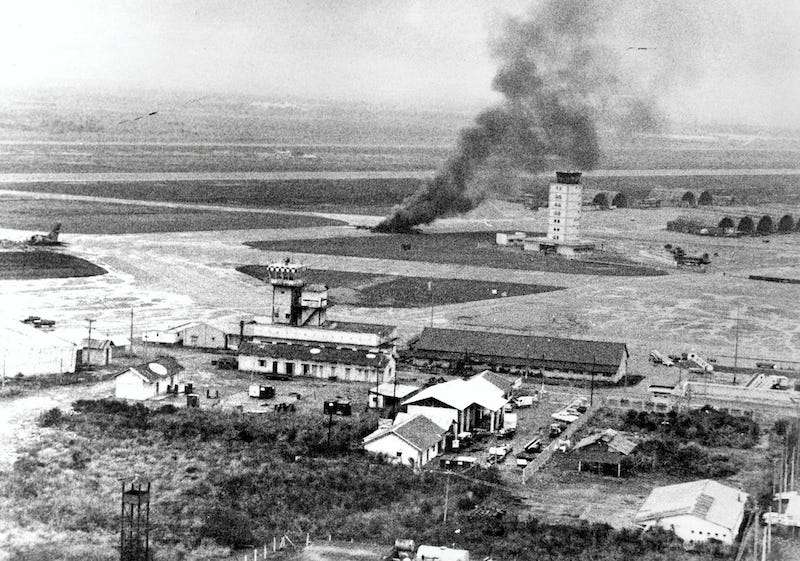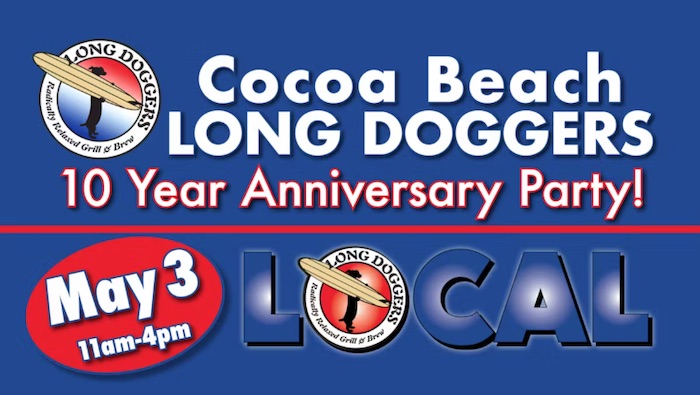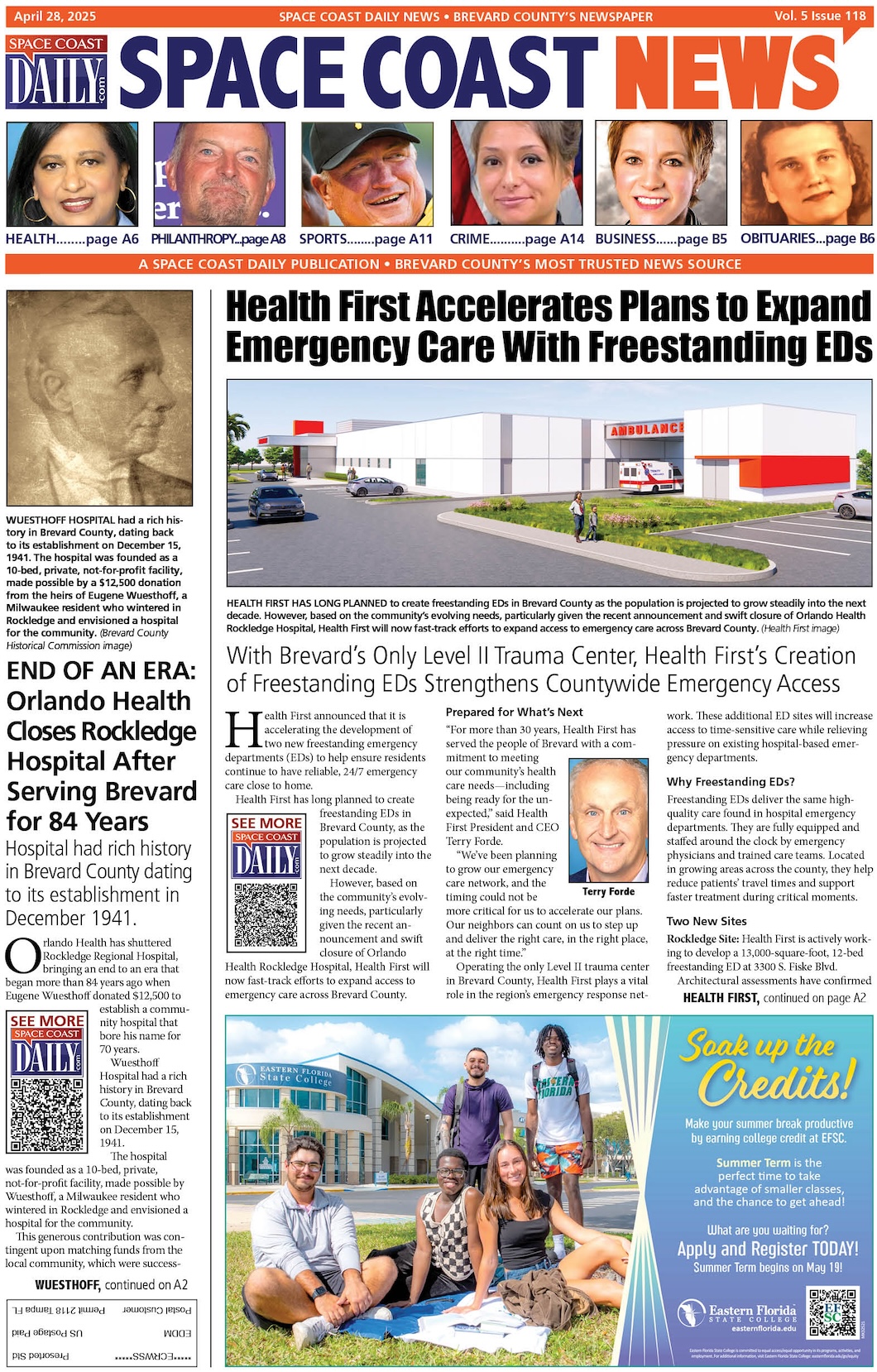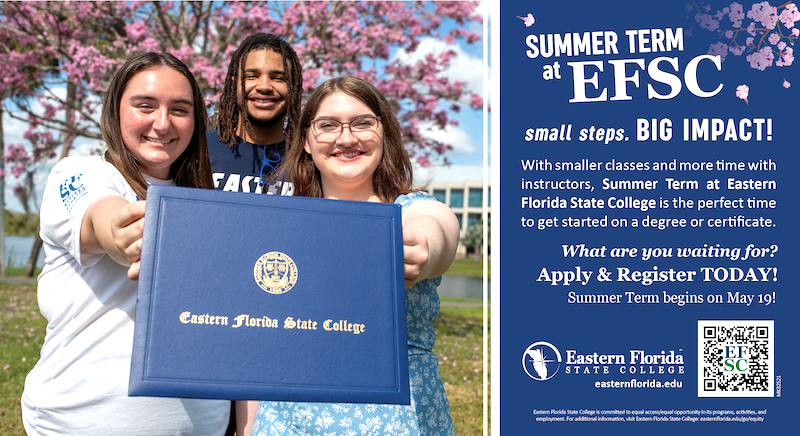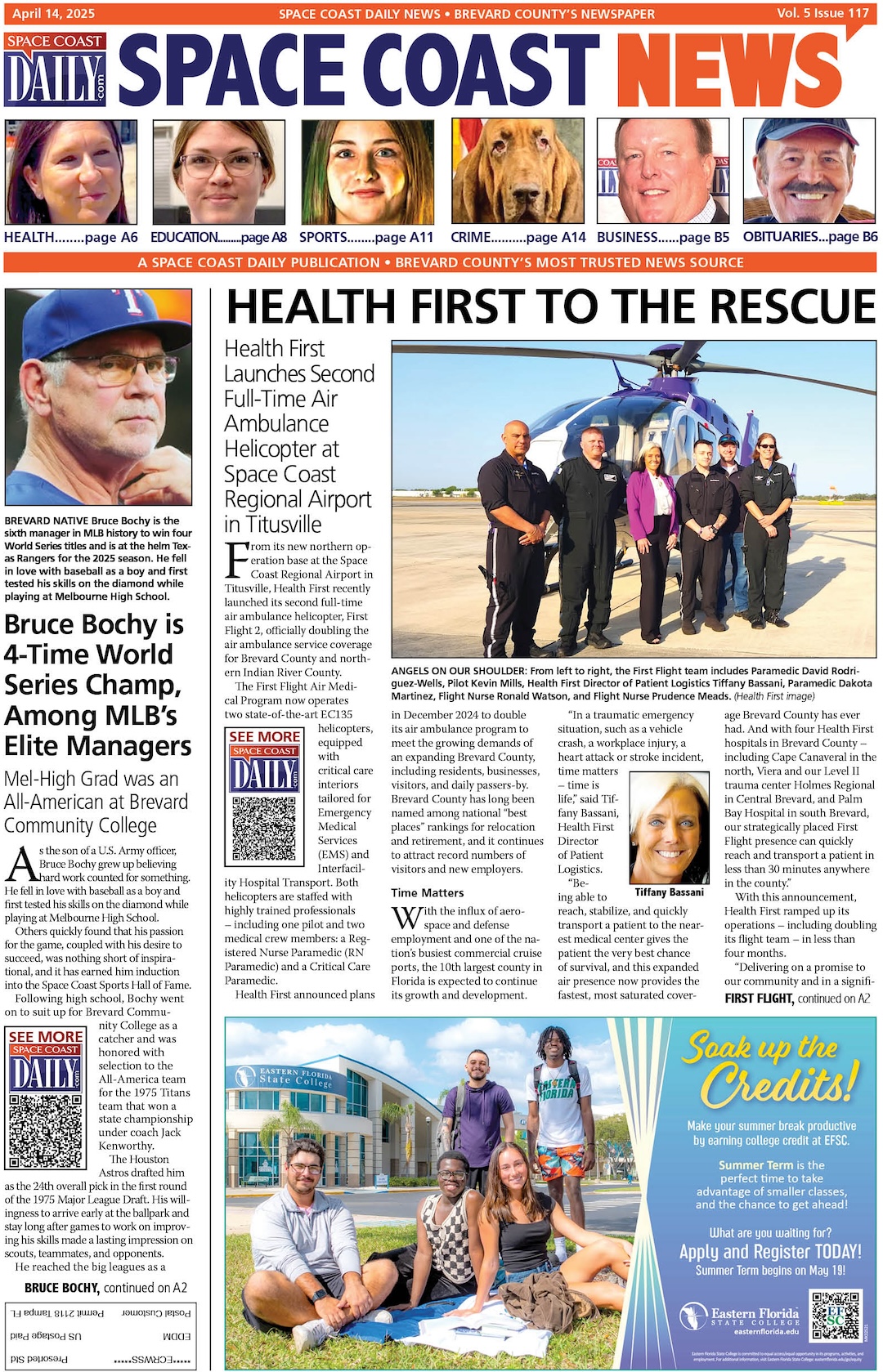NASA Poised to Break Sound Barrier in New Way
By Space Coast Daily // October 17, 2022

(NASA) – Seventy-five years ago, a sonic boom thundered for the first time over the high desert of California.
On the ground below, it has been written, a small group of researchers from the National Advisory Committee for Aeronautics (NACA) – NASA’s predecessor organization – were the first to hear the thunder crack coming from the Bell X-1 rocket plane flying faster than the speed of sound.
It was Oct. 14, 1947, and the joint X-1 team of NACA, Air Force (newly formed that year), and Bell engineers and pilots had broken the sound barrier – an imaginary wall in the sky some said was impossible to penetrate.
Now, aeronautical innovators with NASA’s Quesst mission are poised to break the sound barrier again, only this time in a very different way that could make it possible for all of us to one day travel by air just as fast as any of the X-1 pilots who flew supersonic.
“That first supersonic flight was such a tremendous achievement, and now you look at how far we’ve come since then. What we’re doing now is the culmination of so much of their work,” said Catherine Bahm, an aeronautical engineer at NASA’s Armstrong Flight Research Center in California.
Bahm is manager of the Low Boom Flight Demonstrator project. Her team is responsible for designing and building the X-59, NASA’s experimental airplane that is the centerpiece of Quesst.
Through Quesst, NASA plans to demonstrate the X-59 can fly faster than sound without generating the typically loud sonic booms that led to supersonic flight over land being banned in 1973.
The plan includes flying the X-59 over several communities to survey how people react to the quieter sonic “thump” it produces – if they hear anything at all. Their responses will be shared with regulators who will then consider writing new rules to lift the ban.
And when that happens it will mark another historic milestone in flight, potentially opening a new era in air travel, where airline passengers might hop on a supersonic jet at breakfast time in Los Angeles to make a lunchtime reservation in New York City.
Then to Now
The dream of commercial supersonic travel wasn’t top of mind for Air Force Capt. Chuck Yeager when he piloted the X-1 “Glamorous Glennis” in 1947 on the history-making flight past Mach 1 – a measurement of how fast you’re flying relative to the speed of sound.
It was years before a U.S. supersonic transport – widely known as the SST – was proposed by President John F. Kennedy in June 1963, shortly after Europe announced its plans for the Concorde, the faster-than-sound airliner that eventually operated from 1976 to 2003.
The U.S. later halted the SST project in 1971 and banned supersonic flight over land in 1973.
Research continued into supersonic flight for both military and purely scientific reasons. The X-planes that followed the X-1 pushed the boundaries of flight higher and faster, and NASA’s aeronautical innovators were there at every step.
The ever-more-advanced computer and wind tunnel research tools they used added to their knowledge.
This modified Northrop F-5E jet was used during 2003-2004 for NASA’s Shaped Sonic Boom Demonstration program, a successful effort to show that an aircraft’s shape can be used to reduce the intensity of the sonic booms it creates while flying supersonic.
Quieting the Boom
Along the way, researchers gained a greater understanding of how aircraft create sonic booms and turned their attention the idea of lowering the intensity of the sonic booms by manipulating the shape of the airplane.
That idea was tested in flight by NASA’s Shaped Sonic Boom Demonstration program during 2003-2004. It used a Northrop F-5E jet whose fuselage was modified to give it a shape designed to produce quieter sonic booms.
It worked.
With the X-59 and its quiet supersonic technology building on all that has been learned since the X-1 first proved it was possible to go beyond Mach 1, NASA hopes to enable industry to make faster-than-sound flight available to everyone.
“We’ve kind of been stuck with our airliners at about Mach .8 for the past almost 50 years, so being able to get there – wherever there is – much faster is still kind of an unfulfilled dream,” said Peter Coen, NASA’s mission integration manager for Quesst


